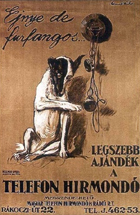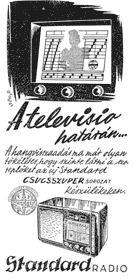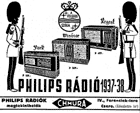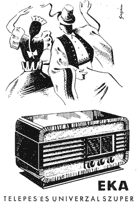 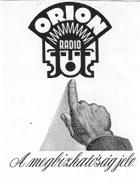 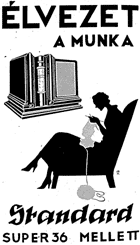 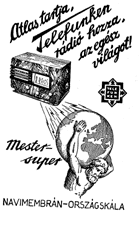 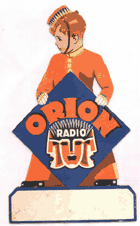
|
Hungary compared to its population has already given a lot of Nobel prize scientists to the world. Unfortunately we did not have any great people in connection with the radio like other nations, Popov, Marconi, Tesla, Lee de Forest and the others. But we have to mention Tivadar Puskás by all means, who put the first telephone exchange in the world into operation in Paris in April 1879, then in 1892 the "Telefonhírmondó" (a wired news and announcer apparatus) in Pest. There was another very important invention in 1892, it was Antal Pollák and József Virág's quick telegraphic apparatus, which was able to work at 100,000 word/hour data-transfer speed and it counted a great achievement compared to the level of that age. In connection with television many Hungarian scientists played an important role, but let's drop the matter, it's another story. Without being exhaustive I would like bring to mind some dates of events happened in Hungary in order to make it possible to every inquirer to be able to form a notion of technological history in Hungary:
It's very instructive to look over the changes in the number of the radio subscribers, see as following:
To give you
a foretaste here are some data about the development and strength
of the Hungarian radio industry.
Of course, beside the level of the industry, the media and publishing of books that increase the knowledge of radio friends and inquirers was as high as all over in Europe. The most significant radio newspapers were the following:
Of course, Hungarians read foreign papers too and a good example for this is that among the 60 readers' letter in ÖRA, the Austrian amateur radio paper (no. 12/1927), 5 letters were Hungarian, and the question (about anode deputies) of a reader from Kaposvár was also published. Here I have to mention Károly Kemény , mechanical engineer's article (in the Rádió és Fotó Amatör no. December/1930, page 1. 2. 3. ) in which he drafted the idea of an amplifier part with illustrations, and was carried out by American scientists as a transistor in 1948. Finally I would like to offer some books and publications to those are interested: Jenő Mende:
A drótnélküli telegráfia (1921) |
